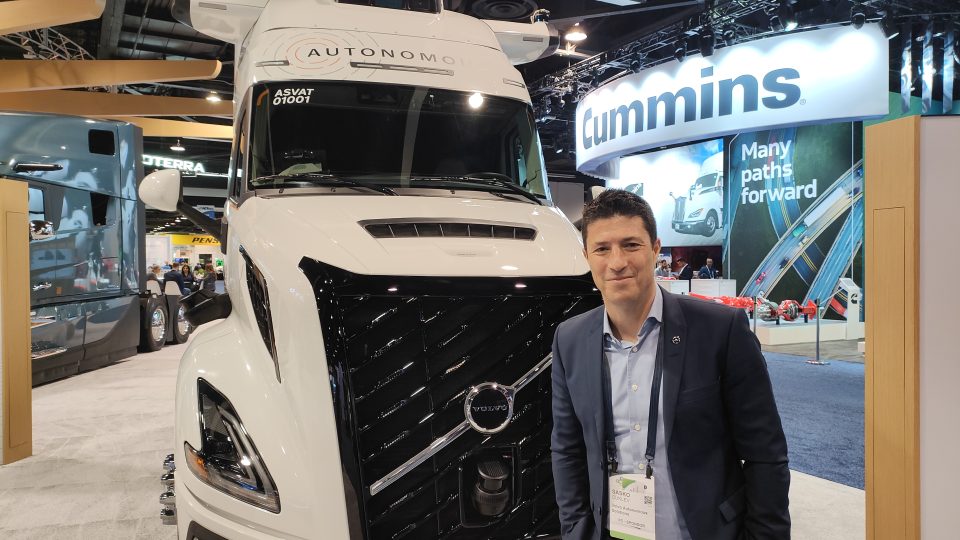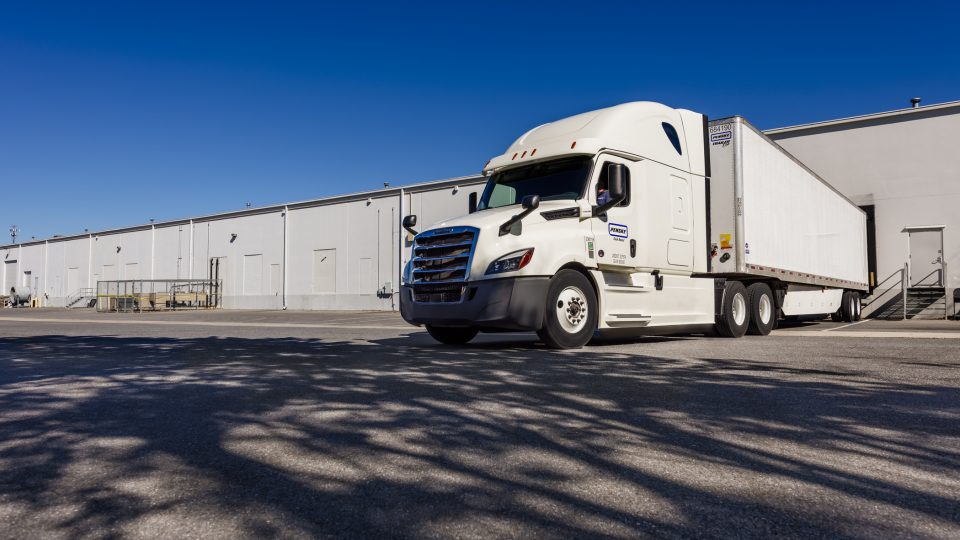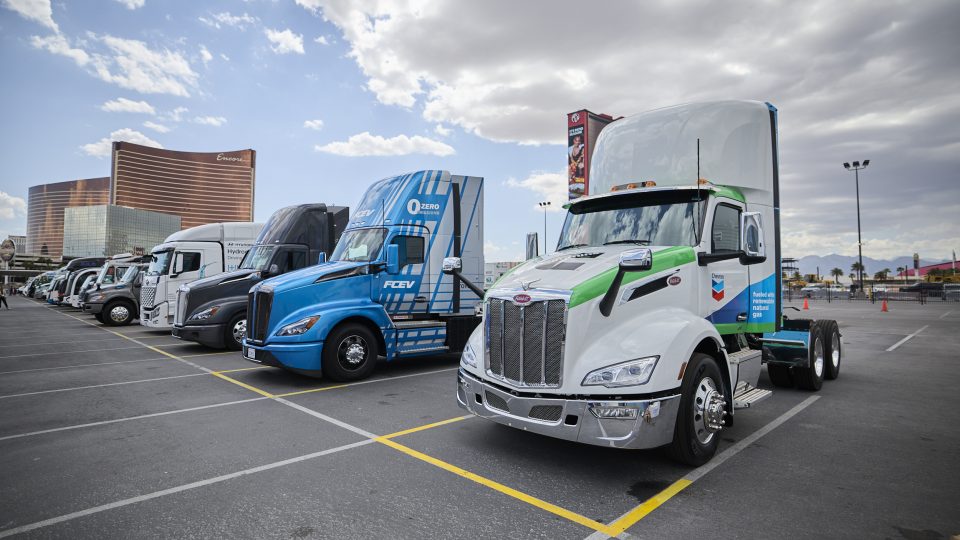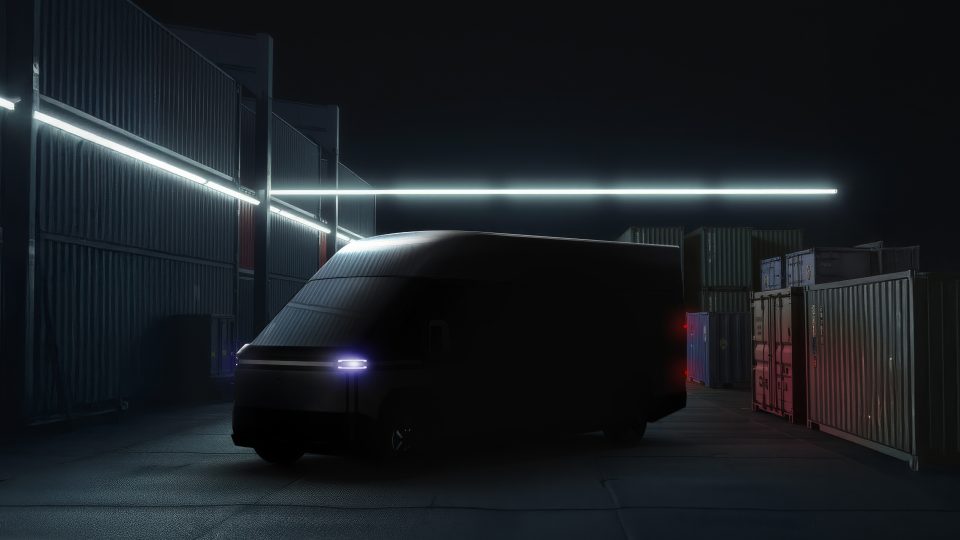UK-based Ogab: acting on brakes and aerodynamics to make vehicles sustainable. Interview with PM Edward Richards-Bond
«We’re quite a small core team located in the UK, with a number of engineers and support staff located abroad», told us Project Manager Edward Richards-Bond. «In the transport sector, we focus on improving performance, efficiency and safety whilst always maintaining the that our sustainable technologies carry benefits for the environment».
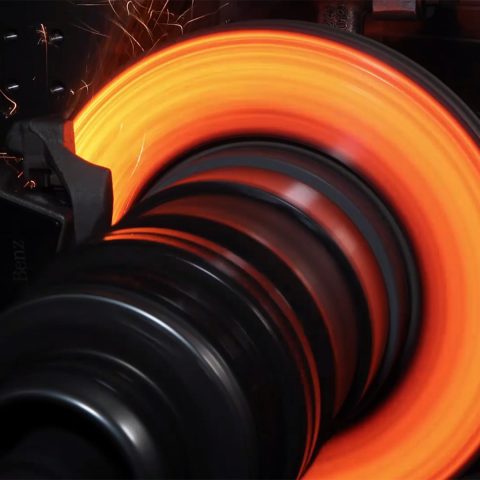
Sustainability can be reached in different ways and by means of several technologies. Ogab is a UK based R&D company working across the transport sector, and also in renewable energy. Based in Somerset, in the South West of England, Ogab was launched publicly in August 2020 after being initially founded in 2015. In recent months, Ogab has been able to present some remarkable ideas to the market. «We’re quite a small core team located in the UK, with a number of engineers and support staff located abroad», told us Project Manager Edward Richards-Bond. «In the transport sector, we focus on improving performance, efficiency and safety whilst always maintaining the that our sustainable technologies carry benefits for the environment». One of these is the patented Sustainable Braking system.
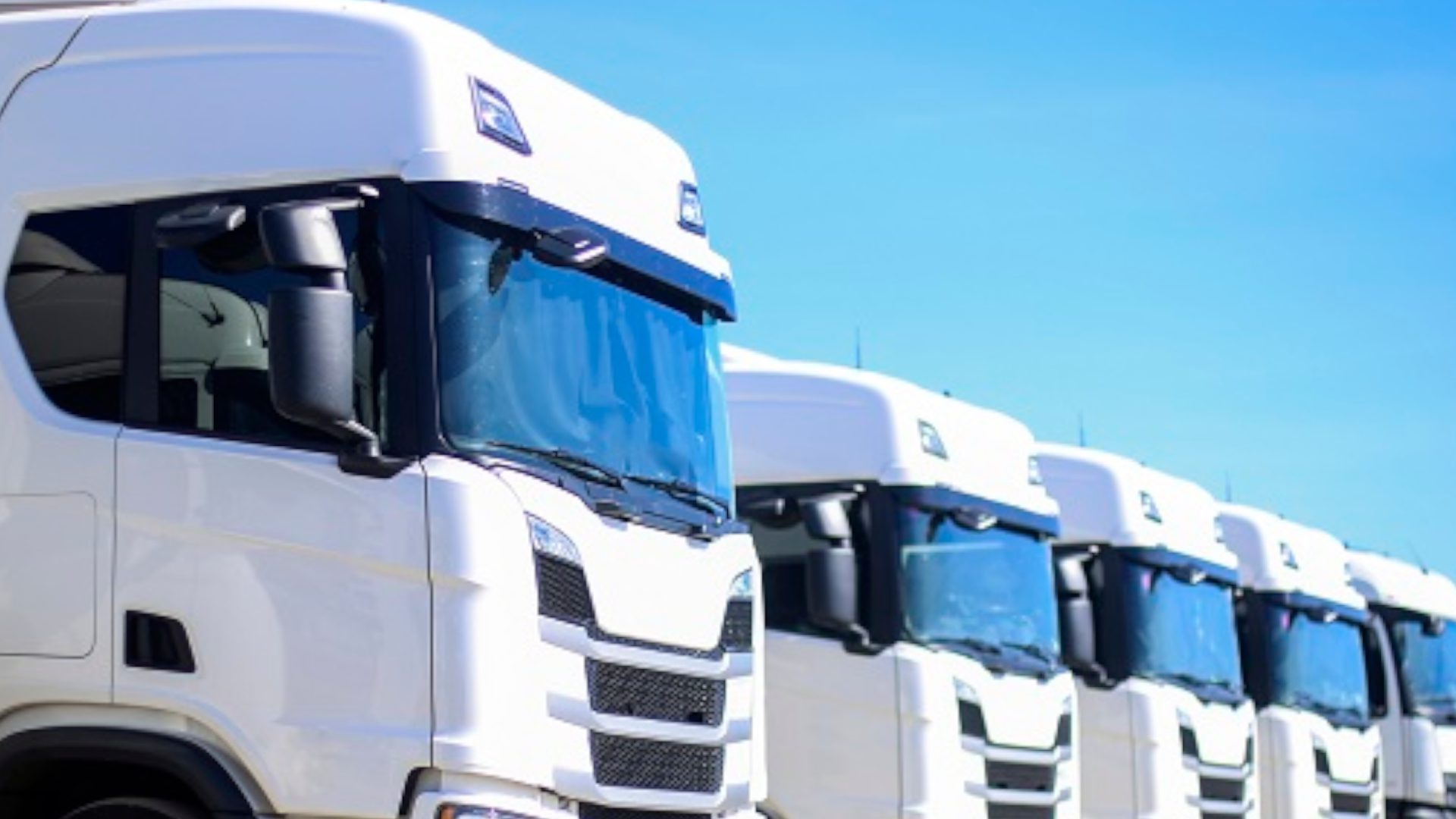
Ogab: patented braking technology
Mr Richards-Bond, what’s the Sustainable Braking system?
«It is a technology that offers maximum braking performance and efficiency. It can work for commercial vehicles, trains, motorsport, airplanes and so on, as the concept can be extended to nearly all the vehicles which have a single disc braking system.
What we look to enclose the brake caliper and use a suction device to remove any brake wear inside of this. Inside the enclosure, active cooling also takes place, direct to the surface of the discs. This not only prevents overheating and degradation, but also enables a number of other things. For instance, because you’re controlling the thermal environment within the brake assembly, you’re removing the issue of heat escalation. It also removes several things in the design process, for example the need for brake ducts, allowing a more streamlined design that can have a positive effect on the aesthetics of the vehicle as well as aerodynamic performance. It can even give the potential of covering the wheels».
We’re open to lots of different potential customers, it depends on the technology basically. Some primary companies have already showed interest in more than one technology we’re currently developing
Ogab PM Edward Richards-Bond
How can all this affect sustainability?
«Essentially, we’re trying to reduce the particulate emissions from brake wear, which is a huge factor in traffic related air pollution. Particularly when it comes to heavy goods vehicles (HGVs), where it is sometimes underestimated how much the braking system actually affects emissions. We’re trying to get to a net-zero braking concept, which we are putting across the whole transport sector. And there’s more…».
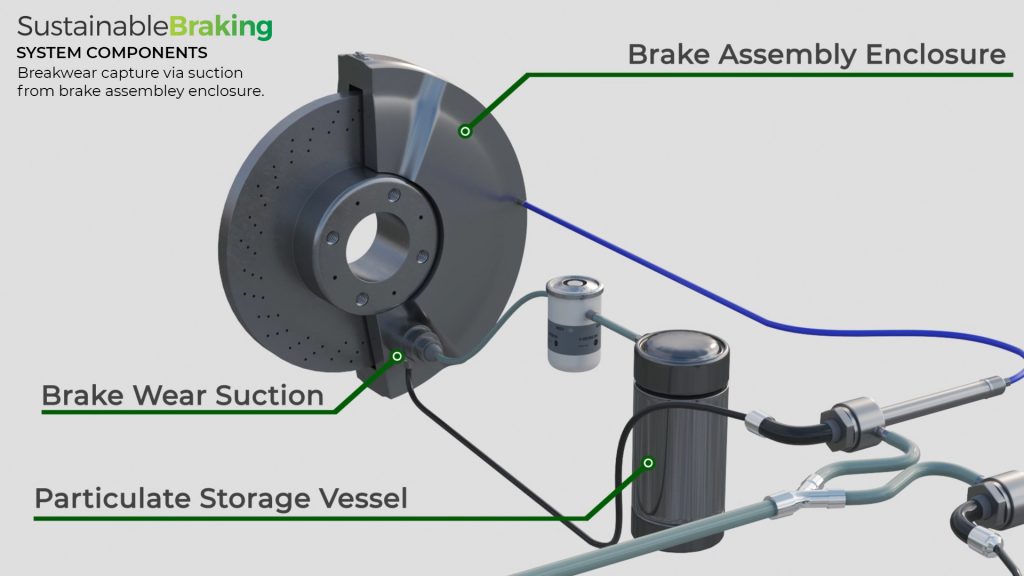
What’s more on braking systems?
«One of the things about PM emissions that come from brake wear is that it’s significantly higher in urban areas, where braking happens more. That’s why, for instance, buses are other vehicles we also plan to look into. We haven’t targeted it yet, but it’s something we’re considering.
Furthermore, braking systems are strictly regulated, as they’ve got to meet quite rigid safety and emission standards. When companies develop brakes, they work with several different departments, as the braking system affects basically the whole vehicle. That’s why braking system manufacturers are maybe our main counterparts, as for this technology».
Talking about aerodynamics…
Is there another technology Ogab’s working on in the field of mobility?
«Of course. We’re working on the vehicle aerodynamics through a technology that’s called AdvancedTRS, with TRS standing for Turbulence Reduction System. HGVs have quite a lot of aerodynamic issues, with the manufacturers trying to work a lot on the shape of the vehicles (see the new generation of DAF diesel-powered trucks, ed). What we look at is using a system that may split the ram forces acting on the vehicle to dissipate the incoming air flow, in order to reduce fuel consumption by reducing the power demand to the vehicle.
When a vehicle between 80 and 110 km/h, for instance, around 70% of power consumption is due to aerodynamic losses, so we want to reduce the forces that affect the vehicle. We’ve been carrying out some tests with some primary manufacturers of vans and also trucks in Europe. Our simulations show a reduction of drag efficiency by 40 percent and we’re confident that the reduction might reach at least 20 percent on the road tests. Similar results are possible with high-duty vehicles, which are less aerodynamically-shaped. There’s quite a high number of possible configurations».
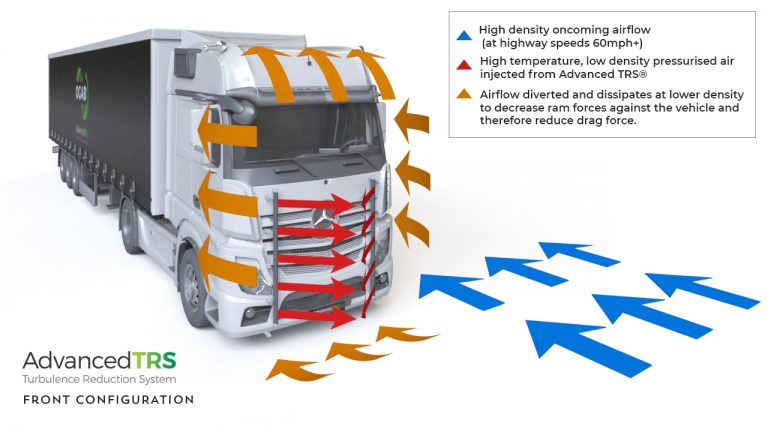
How does the system practically work?
«Our technology manipulates the flow field surrounding the vehicle so that two key parameters, such as density and frontal area become dynamic terms and in favour of drag reduction. The goal of the Advanced TRS is achieved by injecting high temperature and high velocity air in the front region of vehicle. By injecting the high temperature, high velocity air in this way the air ahead of the vehicle is split into two streams, leading to an effective lower area of impact (frontal area)».
Several potential technology partners
Who are your counterparts in industry?
«We’re in the process of introducing this to a number of different companies who are showing interest in our solutions. We’re not able to develop off-the-shelf products, but rather working with manufacturers.
Of course, the OEMs are our counterparts, along with powertrain component manufacturers with whom we might share the license in order for them to develop products. We’re open to lots of different potential customers, it depends on the technology basically. Some primary companies have already showed interest in more than one technology we’re currently developing».
The goal of the Advanced TRS is achieved by injecting high temperature and high velocity air in the front region of vehicle. By injecting the high temperature, high velocity air in this way the air ahead of the vehicle is split into two streams, leading to an effective lower area of impact (frontal area)
Ogab PM Edward Richards-Bond
What’s your current experience with electric vehicles?
«We haven’t developed anything specific for electric vehicles, yet. We fully support electrification and it’s an opportunity for us, even though we think sustainability can be reached in different ways and through several technologies. By reducing drag, for instance, you’re making the system more efficient, either it is electric or ICE-powered».
Are you going to work all over Europe of even further?
«We have over 70 patents across Europe and the rest of the world. We have no boundaries. We have an international point of view, definitely. The transport industry is an international one, indeed, with several global companies and players».










